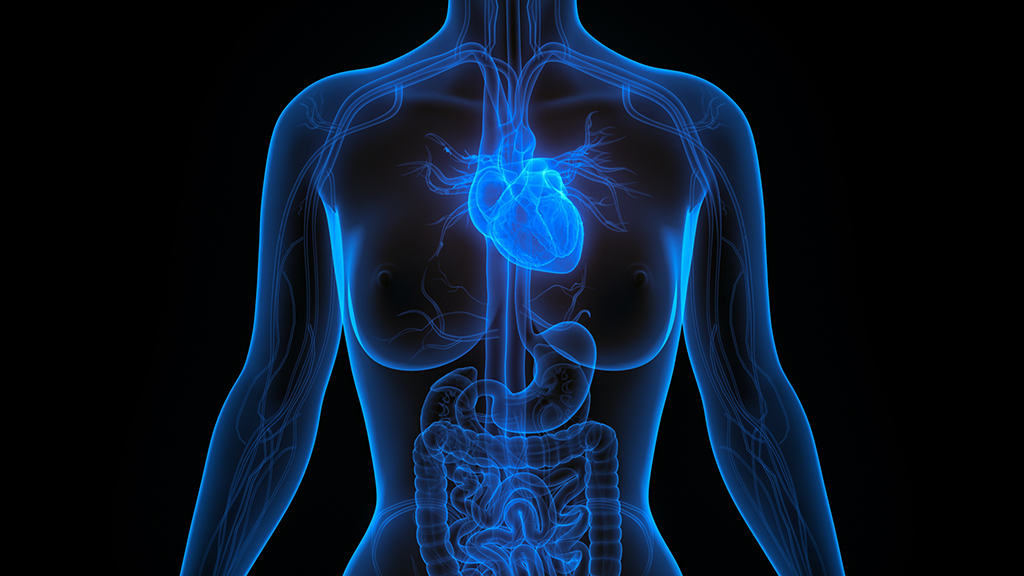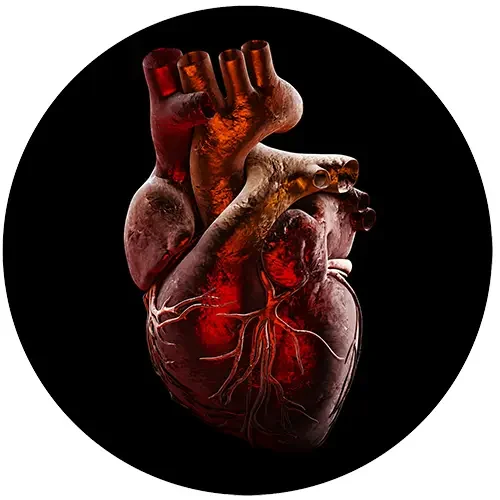You will be given instructions to prepare for the test. Usually these include not eating or drinking anything besides water for 4-6 hours before the test. Avoid caffeine before the test, including some prescription and over-the-counter drugs. Even decaffeinated or caffeine-free coffees, teas, and sodas contain small amounts of caffeine. Take your usual medicines unless told not to. If you are diabetic, be sure to talk with your doctor about it ahead of time. Usually they will tell you not to take your medication and skip a meal before the test, but to take your drugs afterward. If you own a glucose monitor, bring it with you to the test to check your levels before and after. If you think that you are going low, tell the test monitors and your physician immediately. Be sure to wear comfortable, loose fitting clothing. Do not wear jewelry or other metal objects to the test.
During the test, the technician will connect EKG electrodes to you. This will keep track of your heartbeat and can instruct the computer when to scan. You will lie down with your arms over your head on a flat table that is connected to the PET scanner. The table will begin to move and will slide you into the scanner. Pictures will be taken of your heart inside the scanner to get baseline information. It is important to stay completely still while each scan is being taken. This will take 15-30 minutes. Once all the baseline data is collected, you will be slowly pulled out of the machine. Once you are outside, an IV will be put in your arm and a tracer will be injected through the line. Most tracers have a small amount of radioactive material. You will be moved back into the scanner. Inside the PET scanner, detectors will record the tracer moving through your heart. This information is recorded as images on a computer. Several scans will be done to create pictures of small areas of your heart from many angles. The computer assembles these into a 3-D image of your heart. After all the information is collected, you will be taken out of the scanner. The complete test will take between 1-3 hours. You can resume your normal activities unless the doctor tells you otherwise. Make sure to drink plenty of water to flush out the radioactive material from your body.
Using the scanner images, your doctor will be able to tell how the heart is functioning by seeing how well it takes up the different tracers. By seeing where the tracer is, your doctor will be able to tell which parts of the heart muscle, if any, are damaged. Different colors and brightnesses on the PET scan can show different levels of tissue function.










